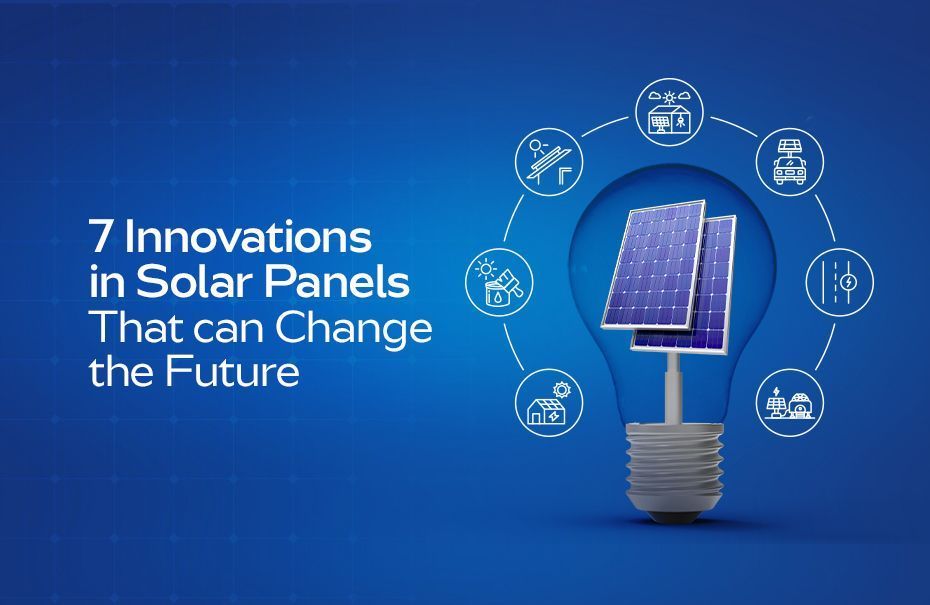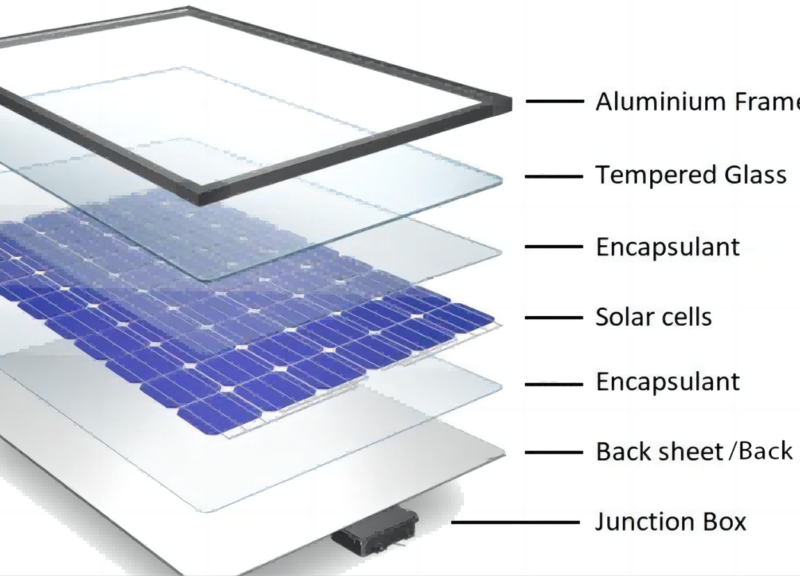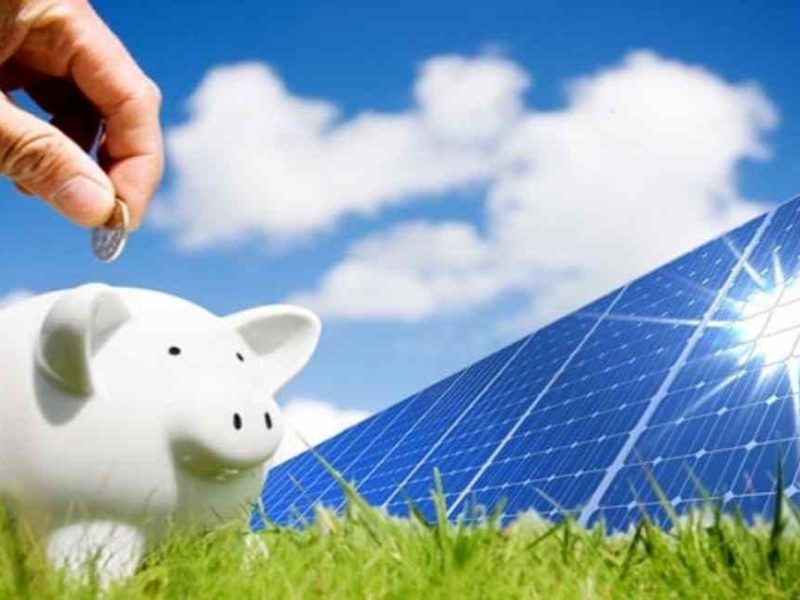Technology has revolutionized the way we generate and harness energy, and one of the most exciting developments in recent years has been the advancement of solar power technologies. The use of solar power has skyrocketed in popularity as an environmentally friendly and sustainable energy source. In this article, we will explore some of the top solar power technologies that are transforming energy generation.
### Photovoltaic Solar Panels
Photovoltaic solar panels are perhaps the most well-known and widely used solar power technology. These panels are made up of individual solar cells that convert sunlight into electricity. As the sun’s rays hit the panels, electrons are knocked loose from the atoms in the cells, creating an electric current.
Advancements in photovoltaic technology have made solar panels more efficient and affordable than ever before. Improvements in materials and manufacturing processes have increased the energy conversion efficiency of solar panels, allowing them to produce more electricity with less sunlight. This has made solar power a more viable option for a wide range of applications, from residential rooftops to large-scale solar farms.
### Concentrated Solar Power (CSP)
Concentrated solar power, or CSP, is another innovative solar technology that is transforming the way we generate electricity. CSP systems use mirrors to concentrate sunlight onto a small area, where it is converted into heat. This heat is then used to generate electricity through a steam turbine or heat engine.
CSP systems can be more efficient than traditional photovoltaic solar panels, especially in areas with high levels of solar radiation. They can also incorporate thermal energy storage systems, allowing them to continue generating electricity even when the sun is not shining. This makes CSP a reliable and flexible energy generation option.
### Thin-Film Solar Cells
Thin-film solar cells are a newer type of solar technology that offers several advantages over traditional silicon-based solar panels. These cells are made by depositing a thin layer of photovoltaic material onto a substrate, such as glass or plastic. This makes them lightweight, flexible, and more cost-effective to manufacture.
Thin-film solar cells are also more efficient at capturing sunlight in low-light conditions, making them ideal for use in cloudy or overcast environments. Their flexibility and ease of integration into building materials make them a popular choice for architectural applications, such as building-integrated photovoltaics.
### Floating Solar Farms
Floating solar farms are an innovative way to maximize the use of available land for solar power generation. These systems consist of solar panels mounted on floating platforms on bodies of water, such as reservoirs or ponds. By utilizing unused water surfaces, floating solar farms can generate electricity without taking up valuable land resources.
Floating solar farms offer several advantages over traditional land-based solar installations. The cooling effect of the water can increase the efficiency of the solar panels, while reducing water evaporation. Additionally, floating solar farms can help to reduce algae growth in bodies of water, improving water quality and biodiversity.
### Solar Tracking Systems
Solar tracking systems are a technology that allows solar panels to move and follow the path of the sun throughout the day. By orienting the panels to face the sun directly, solar tracking systems can significantly increase the amount of sunlight that is captured and converted into electricity.
There are two main types of solar tracking systems: single-axis and dual-axis. Single-axis systems track the sun’s movement from east to west, while dual-axis systems also adjust for the sun’s changing elevation throughout the day. These systems can increase the energy output of solar panels by up to 25%, making them a popular choice for maximizing the efficiency of solar power installations.
### Conclusion
Solar power technologies are rapidly evolving and transforming the way we generate and harness energy. From photovoltaic solar panels to concentrated solar power systems, these advancements are making solar power more efficient, affordable, and accessible than ever before. By harnessing the power of the sun, we can create a sustainable and environmentally friendly energy future for generations to come.


